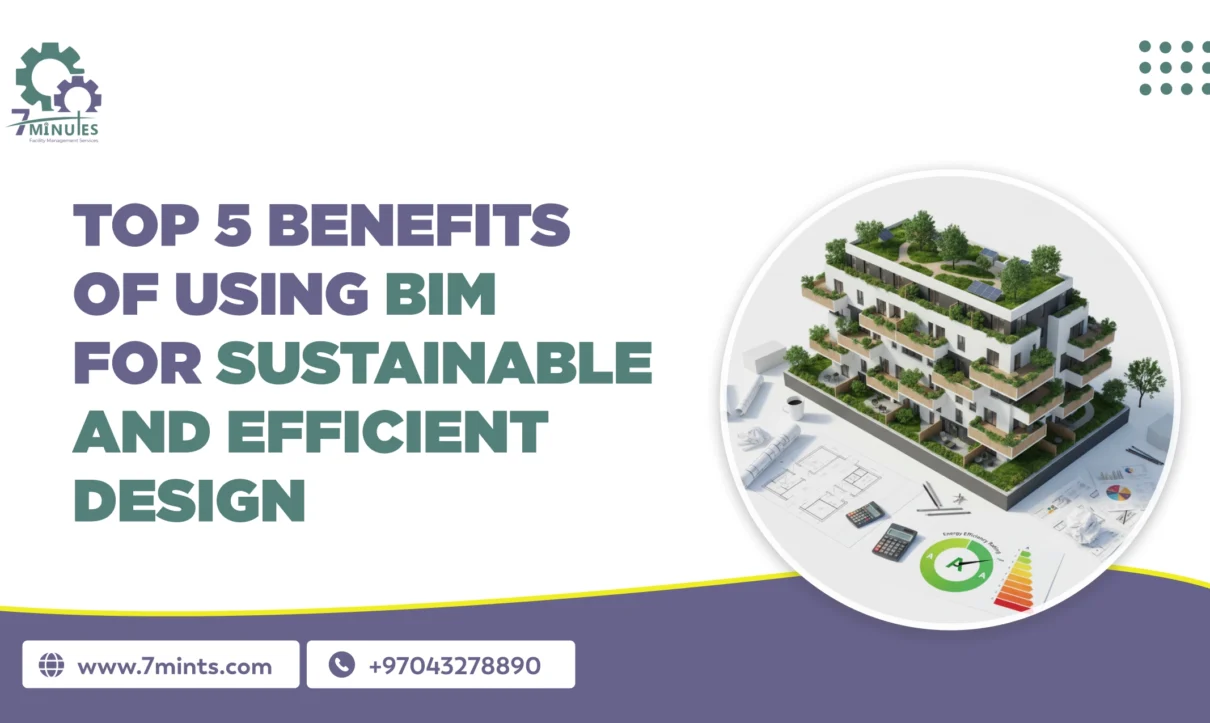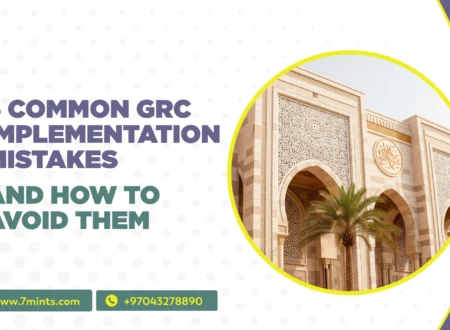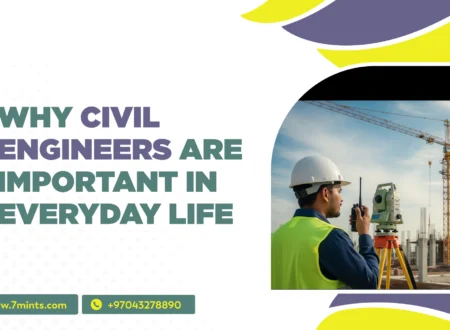In today’s building industry, sustainability and efficiency have become the pillars of the entire process. The professionals in the field—architects, engineers, and builders—are duly concerned with cutting down on consumption and waste and providing a proper return on investment over time. One of the factors that brought about such a big shift towards these practices is Building Information Modeling (BIM).
BIM is not only a 3D design software—it is an innovative approach that combines and manages all the data coming from different fields of design, construction, and operation in a single digital form. The use of BIM allows the project team to see, analyze, and fine-tune every single detail of a building throughout its entire duration of existence, even before the construction process starts.
We will take a look at the five main advantages of BIM in the areas of eco-friendly and efficient design, along with the change it is causing in the building industry with respect to a greener future.
-
Enables Smarter Resource Management
One of the main issues associated with the conventional building process is the unnecessary use of resources—including everything from the overordering of materials to the use of energy in an inefficient way. BIM is a means of addressing this drawback starting from the design phase itself.
BIM also has the capability of running a simulation in which it combines and compares different material options in order to get the most sustainable one in terms of cost, performance, and environmental impact. As a result, the architects can choose the green materials, which are not only environmentally friendly but also possess such characteristics as longer life spans, less frequent maintenance, and, in a way, giving back to the overall sustainability of the building.
-
Improves Energy Efficiency Through Smart Design
Along with being one of the foremost factors that define the sustainability of any design, energy efficiency is something that is made possible through BIM technology in a big way. With the help of energy modeling and performance simulations, designers can perform tests on the impact of different environmental conditions on a building, such as sunlight exposure, wind direction, and temperature variations.
For instance, with the help of BIM, it is possible to find out the amount of natural light that is coming into a room. Besides this, the software can also run a simulation on heating and cooling performances, which in turn allows the engineers to come up with less energy-consuming yet comfortable systems.
Consequently, the radical energy-efficient designs through this data-supported method cut down carbon emissions and operation costs to a great extent. BIM has made it so that the entire process of going green is not based on guesswork, but rather an exact scientific method supported by live data.
-
Facilitates Collaboration for Greener Outcomes
Sustainability is not the responsibility of a single person—it’s a team effort that involves architects, structural engineers, MEP designers, contractors, and facility managers. BIM makes this collaboration seamless.
BIM, through its shared digital platform, empowers all playing roles to interact with one model at the same time, which ensures that every decision conforms to the sustainability objectives of the project. For example, if the architect decides to change one part of the design to achieve better insulation, the MEP engineer will be able to see the alteration right away and will be able to modify the HVAC design to suit it.
-
Reduces Construction Waste and Environmental Impact
The old way of building has its drawbacks, which include the use of techniques that cause resource wastage by over-ordering materials, taking wrong measurements, and making mistakes on the construction site—these are all contributors to waste.
In fact, this digital twin is really good at spotting potential design conflicts very early (e.g., electrical and plumbing systems clashing) and letting the teams correct those before any materials are consumed. Thus, BIM avoids making costly and wasteful mistakes on-site by doing the rework there.
Moreover, BIM makes it easier to implement prefabrication—the components of the structure are made off-site with utmost accuracy and then put together at the site. This procedure not only minimizes waste but also saves time and energy during construction. Check out latest blog post on The Role of Sustainable Wood in Modern Carpentry.
-
Covers the Whole Building Life Cycle
Sustainability is a continuous process and does not stop with construction. Thus, BIM helps not only design and construct but also manage and maintain throughout the building life cycle.
After the construction of the building, the BIM data acts like a digital twin, which the facility managers can use to monitor energy consumption, check equipment performance, and organize maintenance very well. This will keep the building functioning at its optimal level for many years.
For instance, if a system breaks down or requires upgrading, the facility managers can consult the BIM model to find the precise part and instantly get its specifications. This will lead to shorter downtimes, lower maintenance costs, and less waste due to unnecessary repairs.
Conclusion
With a shift in the construction industry towards eco-friendly and digitally advanced methods, Building Information Modeling (BIM) has become an essential tool for achieving both sustainability and efficiency. Contact us as Among the numerous benefits that BIM brings about are optimizing material use, improving energy performance, and waste reduction, not to mention enhancing collaboration, thus making the whole process of designing and building more efficient.
BIM’s adoption by architects and engineers means they will not only be making informed decisions but also minimizing the environmental impact of their projects and delivering long-lasting buildings—both structurally and sustainably. BIM can actually be described as a mindset rather than mere technology, and it is the mindset that will empower us to design smarter today for a better tomorrow.








